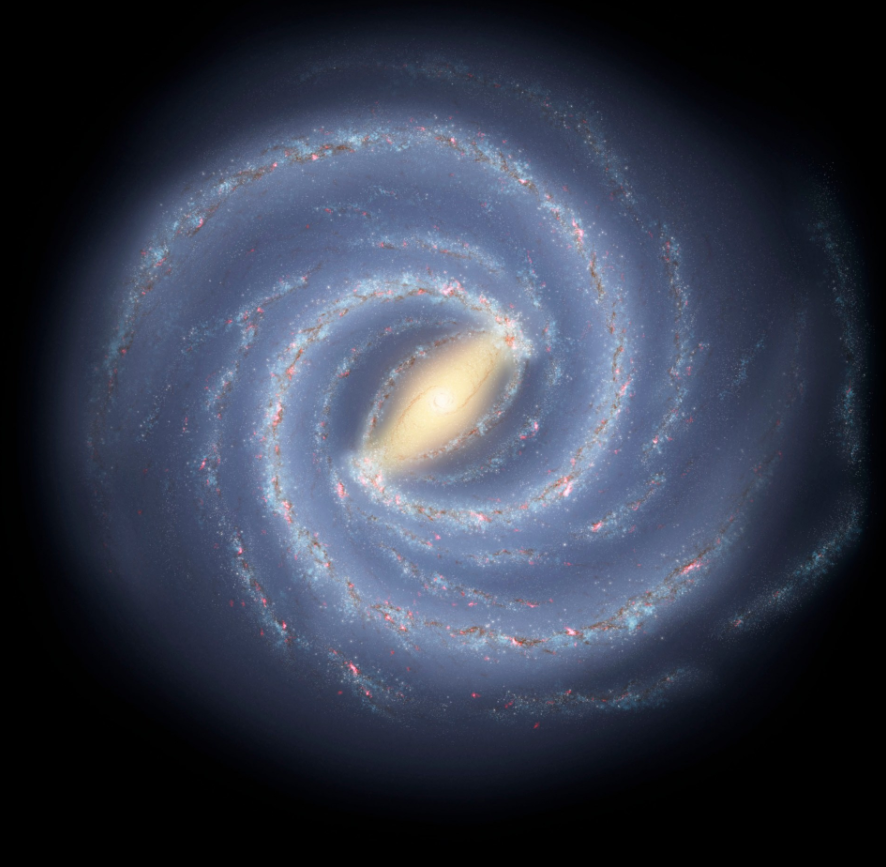
Studying the Central Molecular Zone (CMZ)
The Central Molecular Zone correspond to the region of central hundreds of parsecs of our Galaxy. This region contains from 5 to 10% of the total mass of our Galaxy and therefore it is by definition a favourite region to search for neutrino produced through the proton-nucleons interaction, where protons and more in general cosmic rays can be produced in the nearby regions or just transported there by the Galactic magnetic flied conformation.
Several cosmic-ray accelerators are also present in this region apart the well known SagA* and the high energy gamma rays observed where not enough at the moment to identify the possible hadronic Pevatrons. Moreover massive molecular clouds like Sagittarius A, B, C, D did not showed up in gamma-ray emission making difficult the describe the cosmic-ray physics of this region of our Galaxy. Considering the preferential position of the CMZ for the incoming ARCA telescope a special focus it is deserved.
Our group will study the different point-like and diffuse contribution expected for this region and will obtain time by time stringent constrains on neutrino emission with the increasing ARCA telescope. This study will require a large statistics of collected track-like events, therefore can be also a matter of study for future combined samples ANTARES/ARCA. The observation and the energetic description of a neutrino excess from this region can give crucial words on the cosmic-ray physics and explain the hardening of cosmic-ray spectrum in the central part of the Galaxy.

